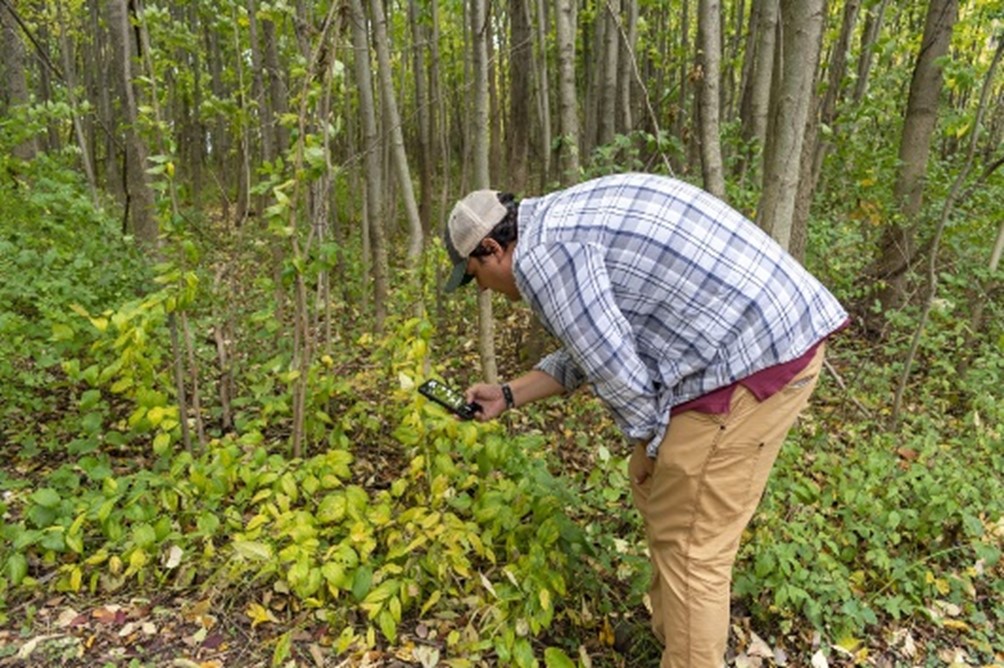March 18, 2022
Invasive plants and animals are becoming more of an everyday problem with new invasives species emerging every year. With increased awareness of species such as the emerald ash borer, we at the Seneca Park Zoo wanted to know what invasives were in our area or threatening to be here soon. Partnering with Finger Lakes PRISM (Partnerships for Regional Invasive Species Management), the zoo has been including invasive species into our programming at the zoo, and in our parks in an effort to spread the word about these species that could have large negative effects in our environment.
The Seneca Park Zoo’s Naturalists lead volunteers through our local parks and green spaces to identify and report on the invasives we are seeing, as well as educating the volunteers to find these species on their own. Naturalists lead over 90 volunteers on close to 50 miles of trails in Western New York, specifically in places where invasives surveys have not yet been conducted. When an invasive species was found on these hikes, the species was photographed and reported to an app/website used to collect invasive species locations and information called www.imapinvasives.org. This reporting tool is a great way to notify invasive species managers who will locate and often remove the species you have reported.
The Seneca Park Zoo’s Naturalists and PRISM coordinators hosted two removal events for an invasive species located in the mouth of the Genesee River called water chestnut. This very invasive plant will create large mats of vegetation along the top of a water source, choking out other species, and making the water an unusable habitat for the organisms that rely on it. Over 1,000 pounds of water chestnut was removed from the Genesee River this year and about 600 pounds has been removed annually from the river for the last 5 years.The Seneca Park Zoo will be holding informational webinars and classes on emerging invasive species, such as spotted lanternfly, in 2022. There will also be more identification hikes to monitor our area for new “invasions” of species not seen in the area. For more information on these events visit here. Please join us in the fight against invasive species!
– Dave Will – Lead Zoo Naturalist for Citizen Science









